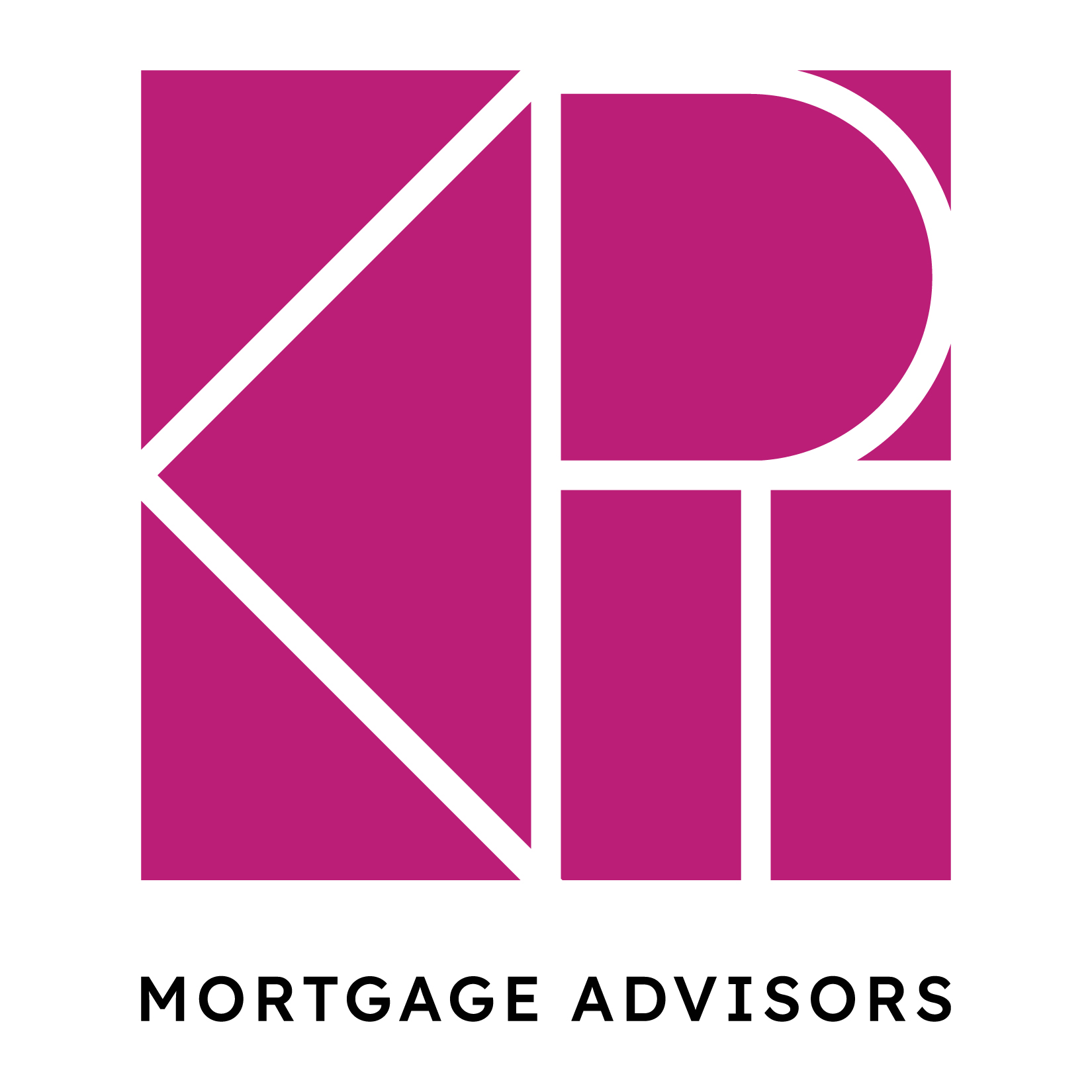Refinancing your mortgage can help you lower your monthly payments, secure a better interest rate, or tap into your home’s equity. One major decision you’ll face during the refinancing process is whether to opt for a fixed-rate mortgage or an adjustable-rate mortgage. Each option comes with distinct advantages and potential drawbacks, depending on your financial goals and market conditions.
If you’re considering refinancing but aren’t sure which loan type best suits your needs, we’re here to help! Let’s break down the differences between fixed and adjustable-rate refinancing and how to decide which option is right for you.
What Is Fixed-Rate Refinancing?
A fixed-rate mortgage refinance allows you to replace your existing loan with a new one that has a locked interest rate for the life of the loan. Whether you choose a 15-year, 20-year, or 30-year term, your principal and interest payments remain consistent, which leads to long-term stability and predictability. These mortgages are ideal for homeowners who plan to stay in their homes for many years and want to avoid fluctuations in monthly payments due to changing interest rates.
Advantages of Fixed-Rate Refinancing
- Predictable Expense: Your interest rate and monthly payment remain the same throughout the entire loan, making budgeting easier.
- Protection from Market Fluctuations: Even if interest rates rise in the future, your rate remains unchanged.
- Long-Term Stability: Ideal for homeowners who plan to stay in their homes long-term.
Disadvantages of Fixed-Rate Refinancing
- Higher Initial Interest Rates: Fixed-rate loans often start with higher interest rates compared to ARMs.
- Less Flexibility: If rates drop significantly after you refinance, you would need to refinance again to take advantage of the lower rates, which may come with additional costs.
Fixed-rate refinancing is best suited for homeowners who prefer stability and are not looking for short-term savings through fluctuating rates.
What Is Adjustable-Rate Refinancing?
An adjustable-rate mortgage refinance allows homeowners to refinance their current mortgage with an interest rate that changes periodically. ARMs typically start with a lower fixed interest rate for an initial period. After five, seven, or ten years, the rate adjusts annually based on market conditions.
The most common types of ARMs are 5/1, 7/1, and 10/1 loans, where the first number represents the fixed-rate period in years, and the second number indicates how often the rate adjusts after that period.
Advantages of Adjustable-Rate Refinancing
- Lower Initial Interest Rates: ARMs typically start with lower rates than fixed-rate loans, making them attractive for homeowners who plan to move or refinance again before the rate adjustments begin.
- Potential for Lower Payments: If interest rates remain low or decrease after the initial fixed period, your payments could stay the same or even decrease.
- Short-Term Savings: Lower initial payments can provide extra financial flexibility for investments or other expenses.
Disadvantages of Adjustable-Rate Refinancing
- Uncertain Future Payments: Once the fixed period ends, your interest rate (and monthly payment) can increase based on market conditions.
- Market-Dependent Costs: If interest rates rise significantly, your payments could become unaffordable.
- Complex Loan Terms: ARMs have adjustment caps and index-based rate changes that can be confusing for borrowers.
Adjustable-rate refinancing is best for homeowners who plan to move or refinance again before the fixed period ends and are comfortable with potential rate adjustments.
Key Factors to Consider When Choosing Between Fixed-Rate and Adjustable-Rate Refinancing
Choosing between a fixed-rate and adjustable-rate refinance depends on your financial goals, market conditions, and how long you plan to stay in your home. Here are some important factors to consider:
How Long You Plan to Stay in Your Home
- If you plan to live in your home for 10 years or more, a fixed-rate refinance is likely the safer option since it locks in a predictable payment.
- If you plan to sell or refinance within a few years, an ARM may be beneficial due to its lower initial interest rate and short-term savings.
Current Interest Rates
- When rates are historically low, locking in a fixed-rate loan can ensure long-term savings.
- If rates are high but expected to decrease, an ARM might provide lower payments in the future.
Your Risk Tolerance
- If you prefer stability and predictability, a fixed-rate mortgage is the best option.
- If you are comfortable with risk and market fluctuations, an adjustable-rate mortgage could offer initial savings.
Monthly Budget Considerations
- A fixed-rate refinance ensures steady payments, making budgeting easier.
- An ARM may allow for lower initial payments, freeing up cash flow for other investments or financial needs.
Which Option Is Right for You?
So, which should YOU choose, a fixed-rate mortgage or an adjustable-rate mortgage? A fixed-rate refinance is the best choice if you plan to own your home for many years and want to stick with predictable monthly payments. If you prefer financial stability, expect interest rates to rise, or just don’t want to worry about the fluctuating market, locking in a fixed rate can provide peace of mind. By ensuring that your mortgage payments remain consistent, you’ll have an easier time budgeting and planning for the future.
On the other hand, an adjustable-rate refinance is a smart option for those who expect to move or refinance again before the fixed period ends. With a lower initial interest rate, this option allows homeowners to benefit from reduced monthly payments in the short term. However, it’s important to be financially prepared for potential rate adjustments once the introductory period expires. If you anticipate stable or declining interest rates in the coming years and are comfortable with some uncertainty, an adjustable-rate refinance can offer valuable cost savings.
Making the Right Refinancing Choice
Refinancing your mortgage is an opportunity to optimize your financial situation, but selecting between a fixed-rate mortgage and an adjustable-rate mortgage requires careful consideration. A fixed-rate refinance offers long-term stability and predictable payments, making it ideal for homeowners planning to stay in their homes for years to come. On the other hand, an adjustable-rate refinance may provide lower initial costs and flexibility, making it attractive for short-term homeowners or those comfortable with some financial risk.
At KPT Mortgage Advisors, we’re here to help you determine the best refinancing option based on your unique goals and financial situation. If you’re unsure whether a fixed-rate or adjustable-rate refinance is right for you, we’ll guide you through the pros and cons, ensuring you make a well-informed decision.
Ready to refinance? Contact us today to explore your options!

